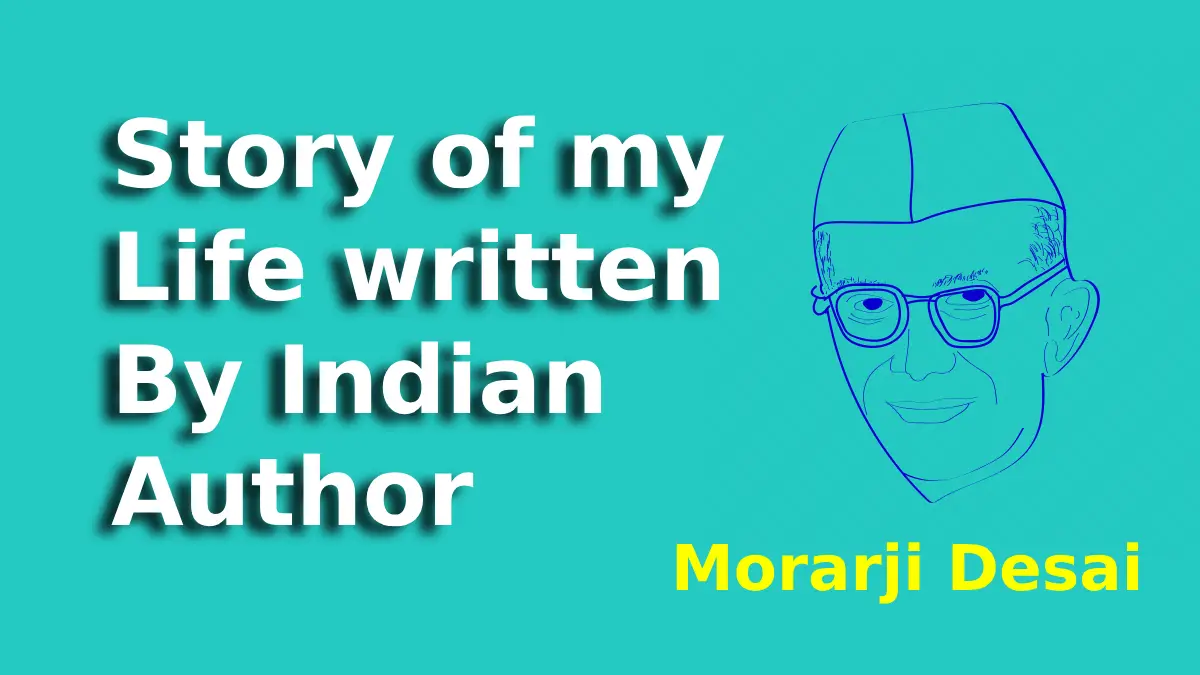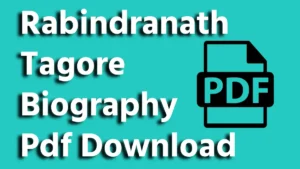Story of my life written by indian author: Morarji Desai’s autobiography, “The Story of My Life,” provides a profound journey of self-discovery as he navigates through the complexities of India’s past and envisions a new future for the nation. Delving into his personal experiences, Desai’s narrative remains remarkably engaging, offering readers a timeless perspective on the challenges and aspirations that continue to shape India’s trajectory to this day.
MARK JUERGENSMEYER
A Glimpse into Story of my life written by indian author
Morarji Desai’s autobiography, titled “The Story of My Life,” is a comprehensive account of his journey, spanning two volumes. Published in 1974 by Macmillan India, this captivating narrative offers readers a deep dive into Desai’s experiences and insights. Priced at Rs. 125.00, the first volume consists of xi, 285 pages, while the second volume comprises vii, 366 pages, supplemented with indexes and photographs.
Read Moe: Story of Taj Mahal in Hindi
Morarji Desai has been a major figure in In- dian administrative and political life for well over fifty years. His public image nevertheless has been gray to grim, and his influence on policy would appear to have been minor. The prudish, self. righteous style that he exhibits privately and pub licly is exemplified in this statement from the Preface: “I have… undertaken this venture of writing my autobiography realising that it is my duty to write about my experiences so that the reader might get some guidance from them when he is confused.” Many may conclude that here are 650 pages that can be passed over without much loss. Such a conclusion is not warranted. In deed, this self-study is a critically important correc- tive to the liberal-socialist gloss that has colored much of the writing on Indian politics, and its group of senior leaders, over the past forty years.
Exploring Story of my life written by indian author: A Journey of Resilience and Leadership
Morarji, at this writing, is in jail, following the emergency of June 1975 called by Prime Minister Indira Gandhi and declared by India’s President. He is in jail, although he was the leader of an opposition coalition in Gujarat that shortly before had defeated Mrs. Gandhi’s Congress Party in a state election. Story of my life written by indian author.
Read Moe: Story of Taj Mahal in Hindi
The autobiography, for those patient enough to read it with care, provides relevant information to explain the circumstances leading to the emer- gency and the collecting of authoritarian powers by Indira Gandhi. Story of my life written by indian author. The crucial point to grasp is that the vast majority in both Congress Parties (Indira Gandhi’s ruling Congress Party and the Congress Party-Organisational or Opposition, of which Morarji Desai is a key figure) are much more akin to Morarji than to Indira in their fundamental social outlook.
Unveiling the Man Behind the Myth: Morarji Desai’s Autobiography
The Morarji symbolic words would be: Hindu, publicly pious, self-re- garding, intuitive, narrow-minded, nationalistic, morality-driven, prudent, self-righteous, self-de- 521 ceptive. The Indira symbolic words would be: secular, agnostic, pragmatic, nationalistic, social- istic, state-planning oriented, elitist, and self-de- ceptive. For many years, extending back well be– fore independence in 1947, the tension in Indiana politics has been between the very small “mod- ern,” socialist-inclined elite (Jawaharlal Nehru and Indira Gandhi, for example) and the vast bulk of India’s active political force, including: most members of the Congress Party. The emer- gency of 1975 was declared not because of a serious threat against the state by a dangerous political conspiracy; the “emergency” was that Indira. Story of my life written by indian author.
Navigating the Political Landscape: Insights from Morarji Desai’s Autobiography
His career, however, moved differently: 1917-18 (Officer in the University Training Corps); 1918-30 (District Officer in the Bombay Provincial Service); 1930-37 (active po- litical worker with Gandhi and the Congress Party); 1937-39 (one of the senior ministers in the Congress Government of B. G. Kher in Bombay State); 1939-46 (active political worker and in jail); 1946-52 (Home Minister in the second B. G. Kher Cabinet in Bombay); 1952-56 (Chief Minister of Bombay); 1956-58 (Minister for Commerce and Industry, Central Cabinet); 1958-63 (Finance Minister, Central Cabinet); Story of my life written by indian author.
Read Moe: Story of Taj Mahal in Hindi
1963-67 (Congress Party worker, after being re- leased from his Ministership under the “Kamaraj Plan”; also Chairman of the Administrative Re- forms Commission from 1966); (Story of my life written by indian author.) 1967-69 (Deputy Prime Minister and Finance Minister); 1969-73 (resigned in 1969 from the Central Cabinet in a conflict with Prime Minister Indira Gandhi, and became leader of the Congress Party that he con siders to be the legitimate sector of the Party; leader of an opposition group in Gujarat that defeated Mrs. Gandhi’s party in the early summer of 1975; jailed under the emergency rules of 1975). This history gives no evidence to support the char- acterization of Morarji Desai as a “conspirator” against the government. In party politics, a tough Story of my life written by indian author.








